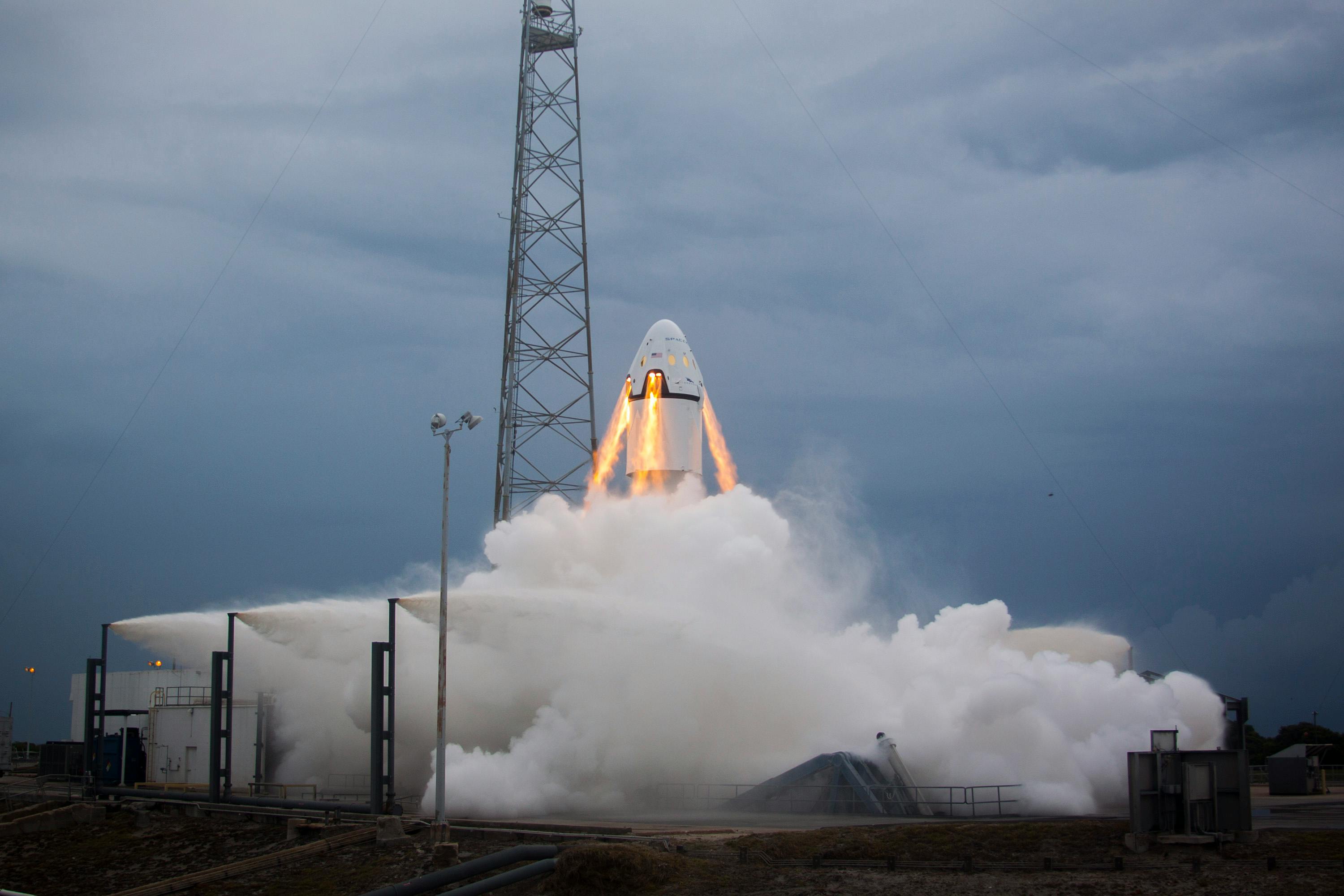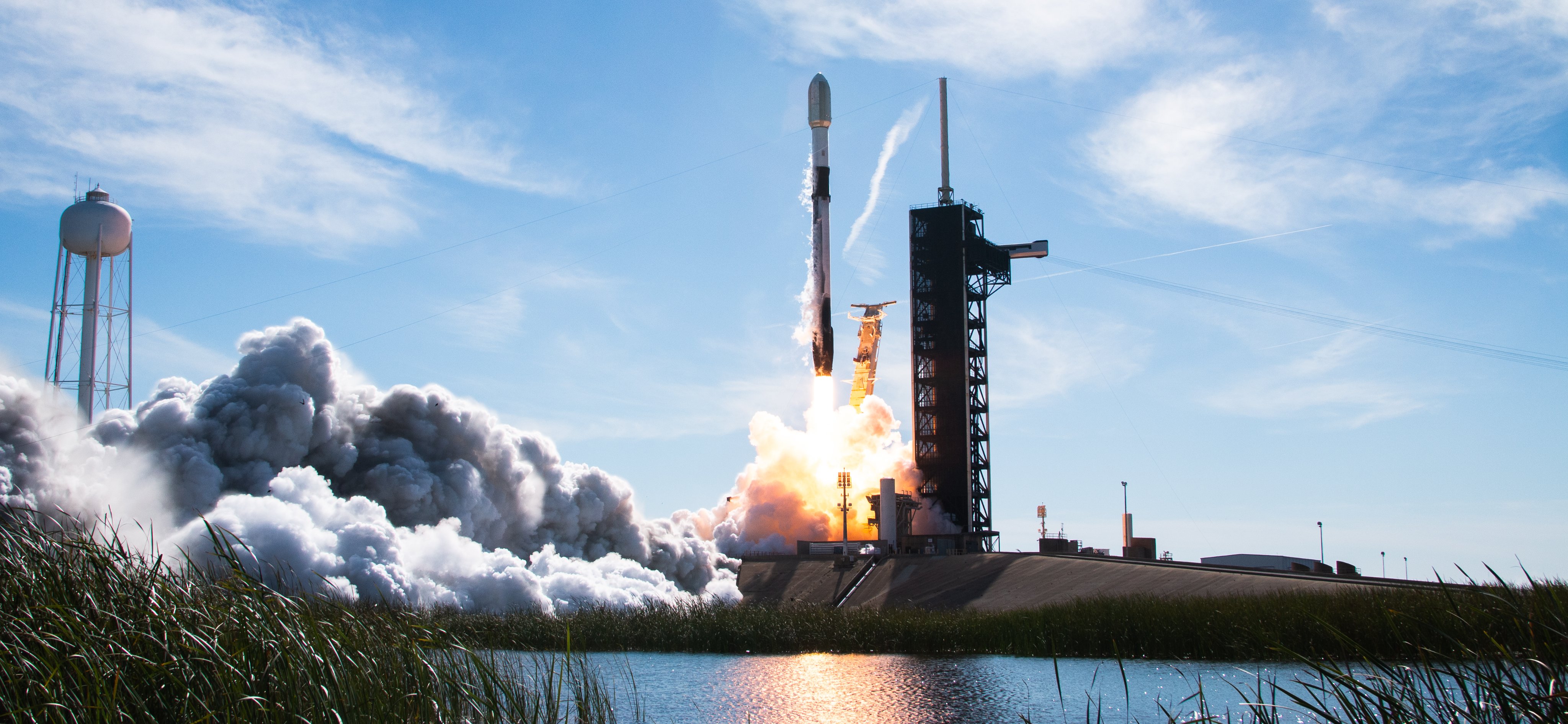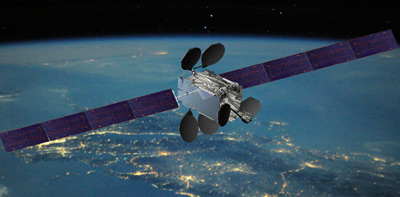· space brief · 5 min read
Space Brief 11 Dec 2024
Explore today's space news including Space Force's five-year reflection, Rocket Lab's military hypersonic test, SpaceX's festive launch, and a glimpse at China's strategic space maneuvers.

📄Top Stories
The U.S. Space Force marks its fifth anniversary by reviewing its missions and future challenges against a backdrop of increasing space activity. Rocket Lab’s recently disclosed hypersonic test launch for the U.S. military signals advancements in defense capabilities. Meanwhile, SpaceX brightened the season with a holiday-themed launch at Vandenberg Space Force Base. Additionally, China’s maneuverable satellites have raised concerns within the U.S. Space Force regarding geostationary orbital security.
📰Detailed Coverage
Space Force Celebrates Five Years
In a reflection on half a decade of operations, the U.S. Space Force examines its growth and the hurdles it faces. Key achievements include the expansion of its mission to protect U.S. assets in space, amid rising global competition and threats. Staying a step ahead in technological advancements and domain-specific strategies remains critical as space becomes ever more integral to national security and prosperity.
This analysis underlines the importance of satellite tracking, as understanding space environments and object behaviors remains pivotal for future-borne security strategies.
Read the full story: SpaceNews
Rocket Lab Hypersonic Test
Last month, Rocket Lab quietly launched a mission that has now been confirmed as a hypersonic vehicle test for the U.S. military. This test marks a significant development in suborbital technology, showcasing capabilities crucial for future defense applications. Hypersonic vehicles, traveling at speeds greater than Mach 5, present new opportunities and challenges in aerial and space-based warfare.
This mission’s success underscores the importance of precise satellite tracking to monitor such high-speed tests, enhancing our understanding of missile trajectories and potential defensive measures.
Read the full story: Space.com
SpaceX’s Festive Launch
In a seasonal twist, SpaceX’s Falcon 9 rocket launch coincided with a Christmas tree lighting at Vandenberg Space Force Base. The event took place while launching another batch of Starlink satellites, continuing the expansion of global satellite internet coverage. The convergence of festivities and space launches highlights public engagement and the symbolic role of space exploration in modern celebrations.
As SpaceX continues to deploy satellites, tracking these activities on platforms like our web app remains crucial for enthusiasts and professionals alike.
Read the full story: Space.com
China’s Maneuverable Satellites
Recent activities by China featuring highly maneuverable satellites in Geostationary Earth Orbit (GEO) have drawn attention from global military observers. These satellites, capable of tracking and potentially compromising other high-value GEO assets, indicate a strategic move that has the U.S. Space Force on alert. This development reflects the evolving geopolitical landscape in space, where control over orbits becomes a pivotal factor for nations.
Such entities in GEO can now be tracked using advanced algorithms, which ensure predictable orbit analysis and security assurance through real-time data provided by tools such as our satellite tracking web app.
Read the full story: Breaking Defense
🛰️Satellite Spotlight
- Satellite Name: COSMOS 2307 (GLONASS)
- NORAD ID: 23511
- Launch Date: 1995-009A
- Mission: Part of the Russian GLONASS satellite navigation system, COSMOS 2307 provides global satellite navigation data.
- Orbit: Inclination: 64.3819°, Period: 675.72 minutes, Eccentricity: Near Zero
- Operator: VKS (Russian Aerospace Forces)
- Fun Fact: COSMOS 2307 is part of one of the oldest and fully operational global navigation systems, competing with the U.S.’s GPS, Europe’s Galileo, and China’s BeiDou.
Current TLE Data:
1 23511U 95009A 24338.76372347 -.00000025 00000-0 00000-0 0 99992
2 23511 64.3819 321.0502 0005158 145.5552 33.0231 2.13105224231259Track this satellite in real-time on our web app: Track COSMOS 2307 (GLONASS)
🚀Upcoming Space Launches
December 12
-
Galactic Energy Ceres-1:
- Unknown Payload from Jiuquan Satellite Launch Center, People’s Republic of China (07:08 UTC)
-
SpaceX Falcon 9 Block 5:
- Starlink Group 11-2 from Vandenberg Space Force Base, CA, USA (19:33 UTC) A batch of satellites for the Starlink mega-constellation, SpaceX’s project for space-based Internet communication system.
December 13
- SpaceX Falcon 9 Block 5:
- GPS III SV10 from Cape Canaveral Space Force Station, FL, USA (23:30 UTC) GPS-IIIA satellites are part of the third generation of the Global Positioning System, enhancing navigation capabilities.
December 14
-
Space One KAIROS:
- Flight 2 from Spaceport Kii, Japan (02:00 UTC) This mission will test various technologies with 5 satellites on board: TATARA-1, PARUS-T1A, SC-Sat1, and ISHIKI.
-
China Aerospace Science and Technology Corporation Long March 2D:
- Unknown Payload from Taiyuan Satellite Launch Center, People’s Republic of China (17:52 UTC)
December 15
-
China Aerospace Science and Technology Corporation Long March 5B/YZ-2:
- SatNet LEO Group 01 from Wenchang Space Launch Site, People’s Republic of China (00:00 UTC) A batch of Low Earth Orbit communication satellites for the SatNet constellation.
-
SpaceX Falcon 9 Block 5:
- O3b mPower 7 & 8 from Kennedy Space Center, FL, USA (20:58 UTC) These satellites are part of a high-throughput communications constellation operated by SES.
December 16
- SpaceX Falcon 9 Block 5:
- NROL-149 from Vandenberg Space Force Base, CA, USA (09:33 UTC) Part of a reconnaissance satellite constellation for imaging and reconnaissance capabilities by the National Reconnaissance Office.
December 17
-
SpaceX Falcon 9 Block 5:
- 4x Astranis MicroGEO from Cape Canaveral Space Force Station, FL, USA (03:37 UTC) Four communications satellites will maneuver to their respective geostationary slots.
-
Rocket Lab Electron:
- Owl The Way Up (StriX Launch 6) from Rocket Lab Launch Complex 1, Mahia Peninsula, New Zealand (14:00 UTC) Launch of synthetic aperture radar satellites for Earth imaging by Synspective.
Note: Launch dates and times are subject to change due to technical or weather considerations.

Maurice Stellarski





